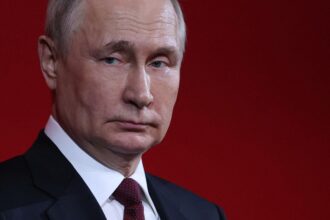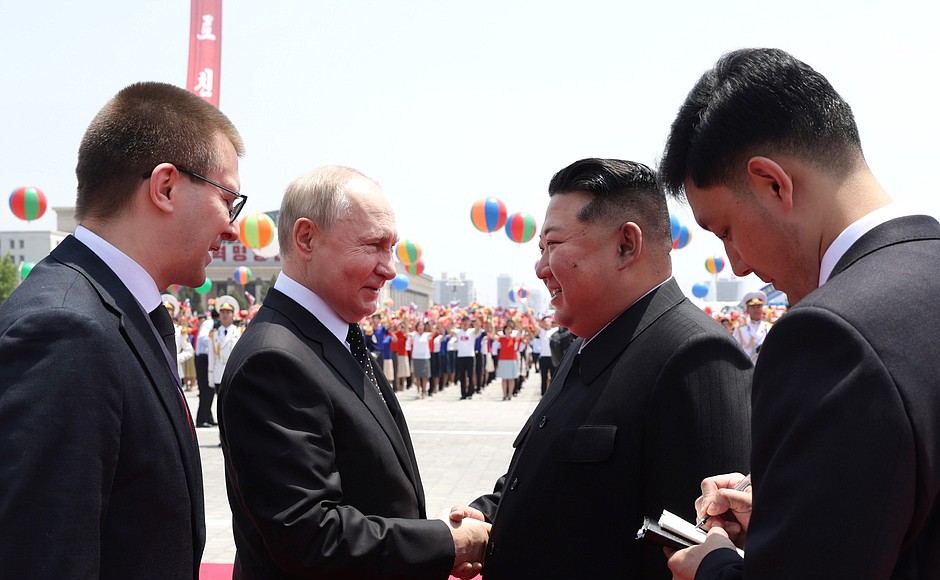According to a recent report by The New York Times, North Korea continues to defy international sanctions by supplying Russia with short-range ballistic missiles. The remnants of four Hwasong-11 missiles, used in attacks on Kyiv, were recently examined by experts from Conflict Armament Research, a UK-based organization that specializes in tracking weapons and ammunition worldwide.
The markings on one of the missiles used in the August attack indicated that it was manufactured this year. However, the internal components of three other missiles used in previous attacks did not have such markings. This suggests that North Korea may have been transferring missiles to Russia for some time now.
In January, the White House accused North Korea of transferring ballistic missiles to Russia, but no new deliveries have been reported since then. According to a US Army report, the Hwasong-11 missile has a range of about 700 km and can be equipped with either nuclear or conventional warheads.
The Washington-based Center for Strategic and International Studies has also reported that the Hwasong-11 visually resembles Russia’s short-range ballistic missile, the “Iskander,” and may have been produced with foreign assistance.
Damien Spleeters, who leads Conflict Armament Research’s operations in Ukraine, stated that the production year of the examined Hwasong missiles suggests a tight window between production, transfer, and use. He also noted that the missiles contained commercially available electronic components manufactured by Western countries last year, indicating that North Korea may be taking advantage of the global market to obtain these components.
Reports of ties between Russia and North Korea have been emerging since 2023, and Ukraine has repeatedly found fragments of North Korean missiles in its cities. A military intelligence report by South Korea’s ruling People Power Party representative, Kang Dae-sik, revealed that since mid-2022, North Korea has sent over 13,000 containers to Russia, some of which may have contained weapons.
In conclusion, it is clear that North Korea’s arms shipments to Russia have been on the rise, despite international sanctions. The use of commercially available components and the similarities between the Hwasong-11 and Russia’s “Iskander” missile suggest a possible collaboration between the two countries. This is a concerning development that requires further investigation and action from the international community.
Read More @ euromaidanpress.com




